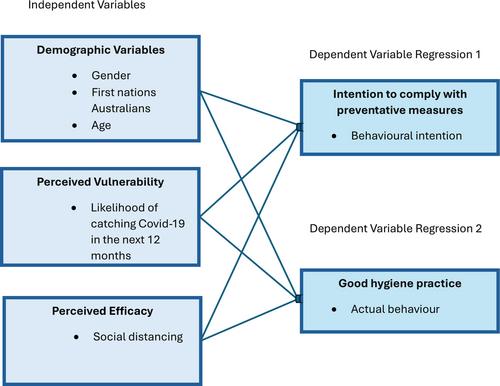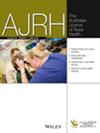Willingness to Comply With Health Advice on COVID-19 in Rural Australia: Results of a Cross-Sectional Survey
Abstract
Introduction
Rural populations were particularly vulnerable to COVID-19. However, willingness to comply with health advice varied across population groups and was influenced by perceptions of risk.
Objective
This study aimed to identify the characteristics of the population (e.g., age, gender, First Nations status, perceived vulnerability, efficacy and levels of fear) associated with variations in compliance with health advice in rural Australia to inform health communication strategies for future pandemics.
Methods—Design, Setting and Participants
The study used a cross-sectional online survey of Australian residents aged 18 years and over (n = 701) residing in western NSW, Australia. Both bivariate and multivariable analyses were conducted, including multinomial logistic regression modelling.
Results
The characteristics that predicted both intention to comply with health advice and actual behaviour were gender (being female), First Nations status (Aboriginal) and age (older). The lower the perceived risk to the individual, the more likely they were to have limited or no intention to comply with preventative measures. A bivariate correlation analysis determined that there was a small (r = 0.265) significant (p < 0.001) correlation between intention to comply with preventative measures and the frequency with which people engaged in good hygiene practices.
Conclusions
The results provide a means to identify groups in rural areas that need tailored health communications to encourage compliance with health advice. The members of the community who were less vulnerable to illness, particularly young men, were less likely to comply. In future pandemics, governments could take both a geographic and population group segmented approach to health communications instead of a blanket approach.


 求助内容:
求助内容: 应助结果提醒方式:
应助结果提醒方式:


